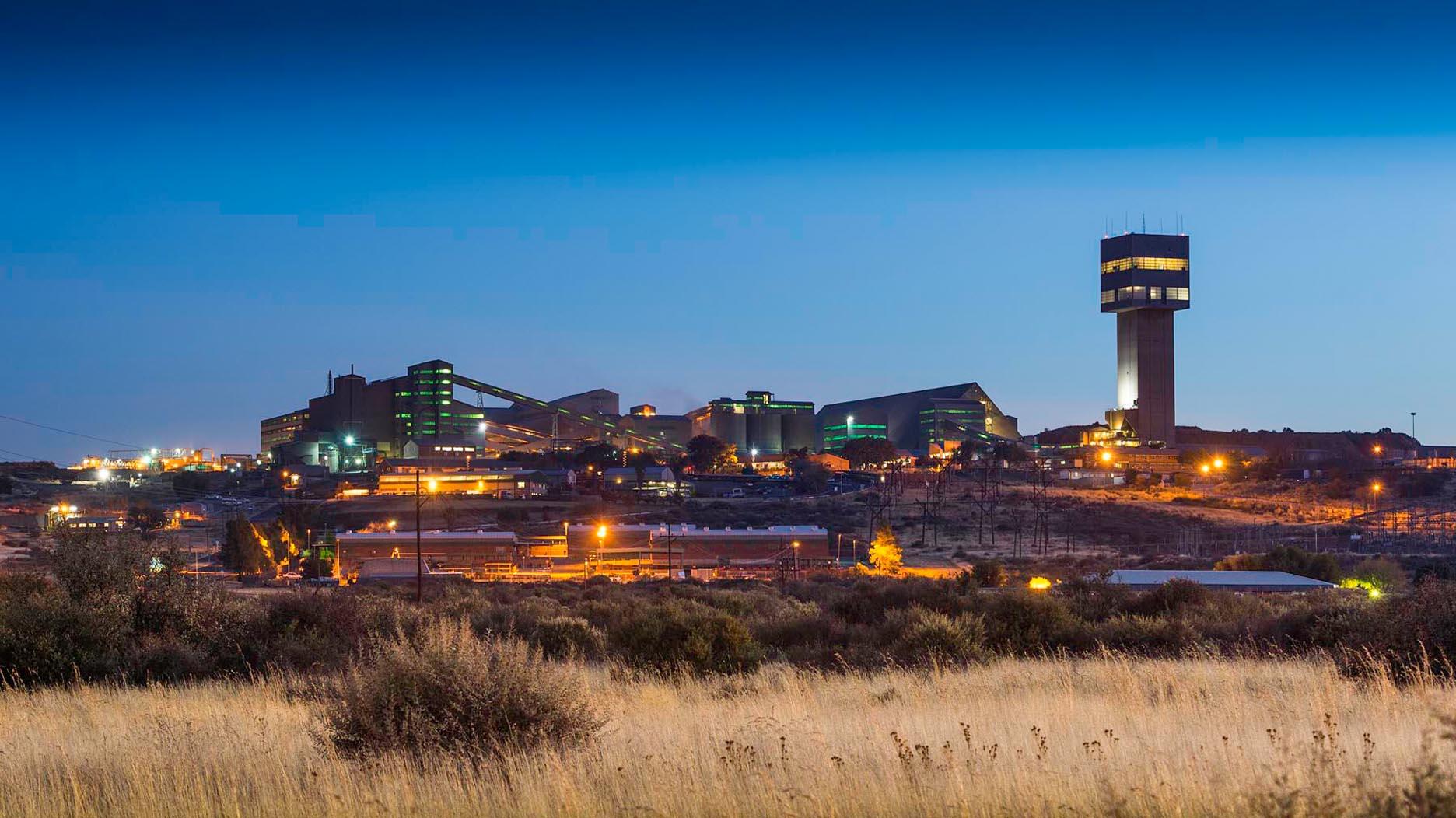The new pink sapphire version of the piece dances with its wearer in the brand’s “Icons After Dark” holiday campaign.
2017 Global Diamond Report Key Takeaways
The Antwerp World Diamond Centre and Bain & Company said global diamond sales are expected to grow.
Antwerp--The Antwerp World Diamond Centre (AWDC) and Bain & Company have released their seventh annual global diamond report, covering 2016 and the first half of 2017.
The report examines all parts of the diamond pipeline: rough diamond sales and production; the cutting and polishing midstream sector and polished prices; retail sales; and the overall industry outlook for the next decade-plus, including the challenges it faces.
Here are seven key takeaways from the report.
1. Rough diamond sales were up in 2016.
After a tough 2015 in which rough diamond producers accumulated surplus inventories, they were able to sell off a lot of the excess inventory in 2016 to cutters and polishers, increasing revenues by 20 percent.
Overall, rough diamond prices increased in 2017 after decreasing the previous two years.
2. Rough diamond production was flat.
In 2016, miners produced 127 million carats of rough, a number that is in line with the past eight years of production.
Production increased in Canada, as the Gahcho Kué mine officially opened in September 2016 and the Ekati mine increased production, as well as in South Africa, where the Kimberley mine saw increased underground mining.
Russia saw a decline in production due to the closure of the Udachnaya open-pit mine and Zimbabwe stopped production in seven of its nine deposits as the sector consolidated surplus product.
3. The cutting and polishing sector saw profits slip.
Cutters and polishers experienced a slight decrease in year-over-year profits in 2016.
As mentioned previously, the rough diamond industry benefited from the cutting and polishing sector’s increased purchase of surplus rough in 2016; overall, cutters and polishers bought about 20 percent more diamonds (in value terms) than in 2015.
India now accounts for approximately 90 percent of the polished diamond industry by value.
4. Diamond jewelry retail sales stabilized in 2016 and are headed upward.
Global retail sales figures for diamond jewelry in 2016 were stable after a poor 2015.
Retail sales in the United States increased, though not for several major jewelry retailers, which experienced a sales decrease.
In the first quarter of 2017, many major jewelry retailers experienced a sales decline but saw revenues pick up in the second quarter.
The AWDC and Bain & Co. concluded that some retailers are losing sales to online competition. The global diamond report noted that Signet Jewelers’ purchase of JamesAllen.com and private equity groups’ acquisition of Blue Nile highlight the
Elsewhere, China’s lowest yuan values in a decade led to sales decreases in 2016, though as the currency stabilized in 2017 sales increased. India likewise rebounded in the first half of 2017 after the demonetization crisis of 2016.
Overall, diamond jewelry sales are expected to grow in 2017.
5. Lab-grown diamonds remain a key challenge for the natural diamond industry, but it’s likely the industries can live in harmony.
In the same way the colored gemstone market exists alongside the diamond market, the global diamond report asserted that demand for lab-grown diamonds need not significantly affect the natural diamond industry.
However, it’s important to develop cheaper and more effective detection tools to protect the integrity of the natural diamond supply, the report noted.
6. The diamond industry must step up its marketing efforts to increase consumer demand.
The diamond industry isn’t experiencing the same growth now that it did in the 20th century when “A Diamond is Forever” became one of the most successful marketing slogans of all time.
This century, generic diamond marketing from rough diamond producers has decreased, and retailers and stores are focused on marketing their own private brands.
However, 2017 will see a big increase in marketing budgets to address this issue, with rough diamond companies planning to invest 50 percent more both in generic diamond marketing and marketing for their own brands.
7. Sales are expected to continue to grow beyond 2017.
In the future, disposable income increases of between 1.5 percent and 2.5 percent a year will continue to drive modest diamond sales growth in the U.S.
China is expected to resume growth in 2017 and this should continue in the future due to a rising middle class.
India has the potential to be the fastest-growing diamond jewelry market in the next decade-plus due to an expansion of bridal diamond jewelry and, like China, an increase in the middle-class population.
On the rough side, rough diamond demand should increase at a rate of about 1 to 4 percent each year through 2030. Supply will be flat or increase 1 percent, based on current and planned mining. This includes the reopening of distressed mines and tailing from older mines, if the demand requires it.
The Latest

A choice that’s generated a lot of commentary, Pantone says “Cloud Dancer” marks a fresh start and encourages relaxation and creativity.

The manufacturer’s holiday campaign features a gift guide filled with trending designs and jewelry that can be personalized.

How Jewelers of America’s 20 Under 40 are leading to ensure a brighter future for the jewelry industry.

The man was charged with theft, accused of ingesting the necklace while in a jewelry store in Auckland, New Zealand.


The Florida independent expanded its store from 8,000 to 14,000 square feet, fulfilling the vision of its late co-founder, Jim Dunn.
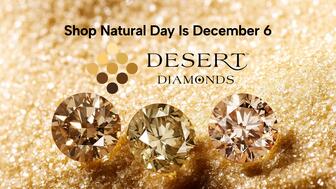
Sponsored by De Beers Group

Roseco’s 704-page catalog showcases new lab-grown diamonds, findings, tools & more—available in print or interactive digital editions.
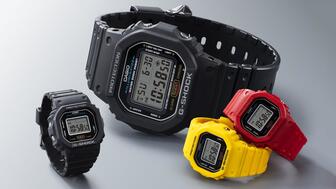
The classic 5600 series G-Shock has been scaled down to about a tenth of its size, becoming a fully functioning watch ring.

The association’s annual conference and gala will take place Feb. 4, 2026, during the Tucson gem shows.

The January show will include a workshop for jewelry retailers on implementing AI to strengthen their businesses.
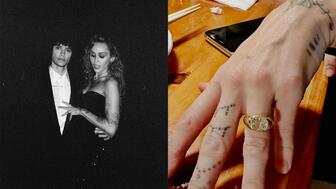
Fellow musician Maxx Morando proposed to the star with a chunky, cushion-cut diamond ring designed by Jacquie Aiche.

The retailer, which sells billions in fine jewelry and watches, is suing the Trump administration and U.S. Customs and Border Patrol.

Black Friday is still the most popular shopping day over the five-day holiday weekend, as per the National Retail Federation’s survey.
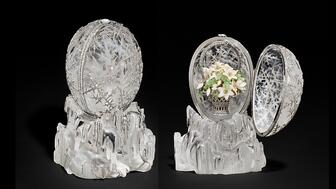
The historic egg, crafted for Russia's ruling family prior to the revolution, was the star of Christie’s recent auction of works by Fabergé.
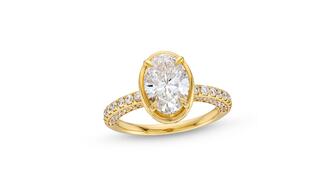
The retailer offered more fashion jewelry priced under $1,000, including lab-grown diamond and men’s jewelry.
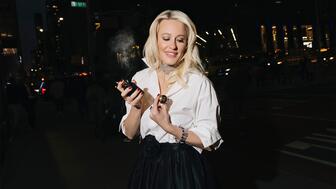
The eau de parfum is held in a fluted glass bottle that mirrors the decor of the brand’s atelier, and its cap is a nod to its “Sloan” ring.

In addition, a slate of new officers and trustees were appointed to the board.
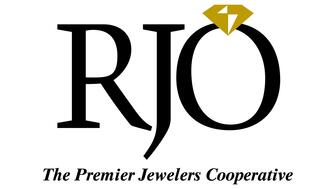
Witt’s Jewelry in Wayne, Nebraska, is the organization’s new milestone member.
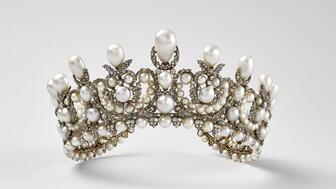
The man, who has a criminal history, is suspected of being the fourth member of the four-man crew that carried out the heist.
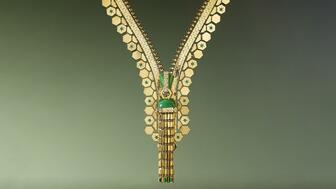
The single-owner collection includes one of the largest offerings of Verdura jewels ever to appear at auction, said Christie’s.

Michael Helfer has taken the reins, bringing together two historic Chicago jewelry names.
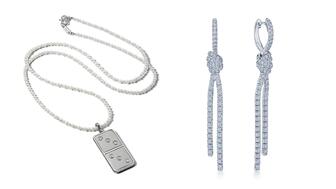
The guide features all-new platinum designs for the holiday season by brands like Harwell Godfrey, Ritani, and Suna.

During its Q3 call, CEO Efraim Grinberg discussed the deal to lower tariffs on Swiss-made watches, watch market trends, and more.
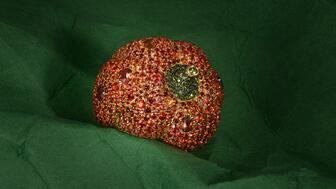
Rosior’s high jewelry cocktail ring with orange sapphires and green diamonds is the perfect Thanksgiving accessory.

The “Embrace Your True Colors” campaign features jewels with a vibrant color palette and poetry by Grammy-nominated artist Aja Monet.

Luxury veteran Alejandro Cuellar has stepped into the role at the Italian fine jewelry brand.











